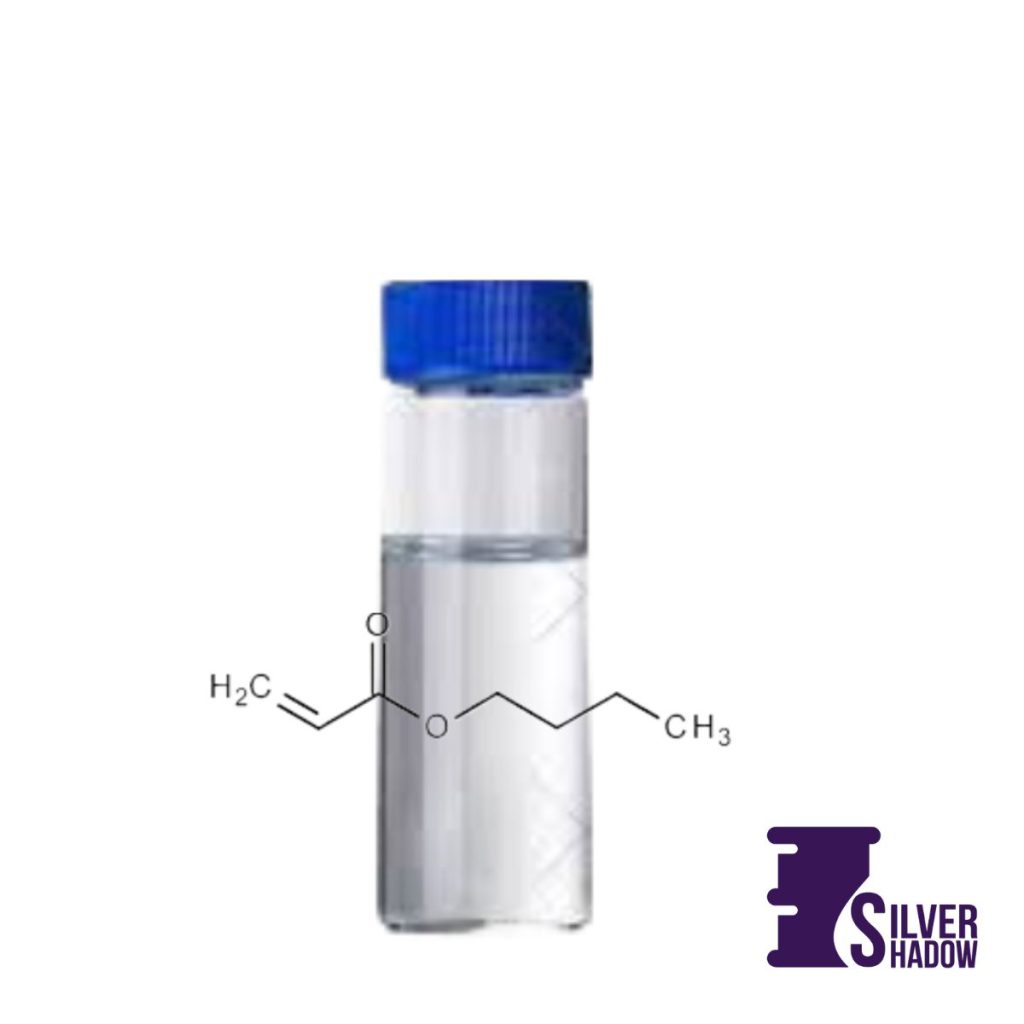
At Silver Shadow International, we supply more than just Butyl Acrylate Monomer (BAM)—we deliver reliability and innovation to industries worldwide. With a fully stocked warehouse in the UAE and headquarters in Oman, we provide efficient, reliable, and fast delivery to businesses across the region and internationally. As a trusted Butyl Acrylate Monomer supplier in the UAE, we provide high-purity BAM for coatings, adhesives, sealants, and polymer formulations. Whether you’re crafting durable synthetic materials or enhancing industrial solutions, our commitment to quality, competitive pricing, and seamless logistics ensures your success with every order.
Butyl Acrylate Monomer (BAM) is a versatile acrylic ester widely used in polymer and adhesive applications. Its molecular formula is C₇H₁₂O₂, with a molecular weight of 128.17 g/mol. BAM is valued for its flexibility, adhesion properties, and resistance to environmental factors, making it essential for industrial coatings, adhesives, and sealants.
1. Coatings & Paints
BAM enhances flexibility, durability, and adhesion in waterborne and solvent-based coatings, ensuring weather resistance and smooth finishes.
2. Adhesives & Sealants
A crucial component in industrial adhesives, BAM provides high bond strength and chemical stability, making it ideal for construction, automotive, and packaging applications.
3. Polymer & Resin Manufacturing
BAM serves as a core building block in acrylic polymer formulations, contributing to toughness, gloss retention, and UV resistance in plastics and synthetic materials.
4. Textile & Leather Finishing
Used in specialty coatings, BAM improves durability and flexibility in textiles and leather products, ensuring long-lasting performance.
5. Printing & Ink Formulations
As a binding agent, BAM ensures smooth application, color retention, and scratch resistance in printing inks.
Storage & Handling Guidelines
Looking for a Butyl Acrylate Monomer supplier in UAE you can rely on?
Silver Shadow International is your trusted Butyl Acrylate Monomer supplier, delivering high-purity BAM with global reach, competitive pricing, and dependable quality. Whether you’re formulating adhesives, developing coatings, or enhancing polymer solutions, we ensure you get the right material, every time. Contact us to request a quote, SDS, or place an order.